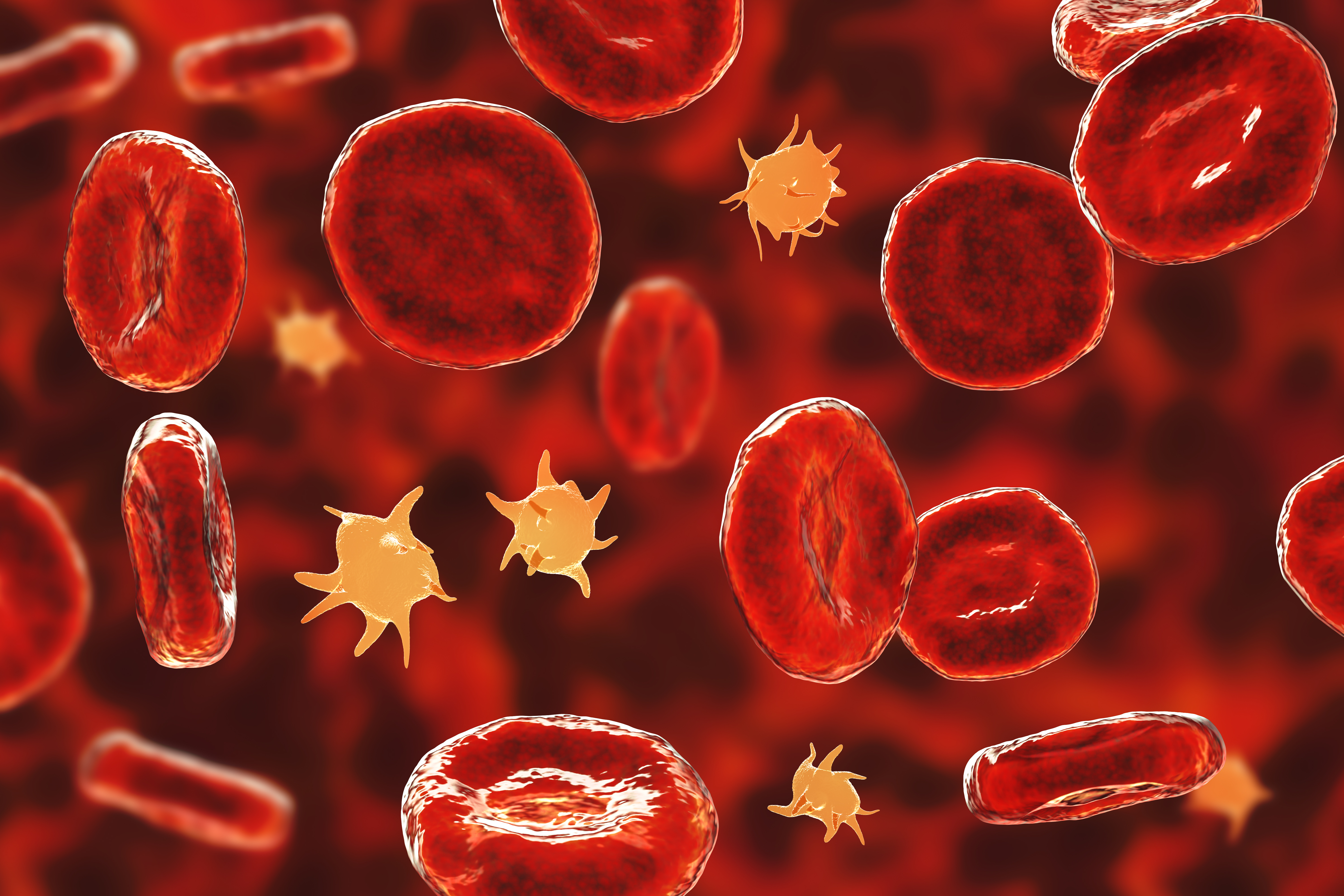A serotonin release assay that requires no special training or expensive equipment, and produces results within hours.
Platelet serotonin release assay (SRA) is a widely-used clinical assay for diagnosing heparin-induced thrombocytopenia (HIT), a life-threatening complication of heparin treatment. The current SRA procedure entails sending patient serum to a facility for testing by radioactive serotonin uptake/release or by mass spectrometry. Both assay methods require specialized equipment and trained personnel, with a turnaround time typically between three to seven days. Unfortunately, the mortality of HIT increases significantly with each passing day. As a result, quicker SRA turnaround time could save lives. Ideally, point-of-care facilities would obtain SRA results within hours, using inexpensive equipment and no special training to perform.
This technology is a luminescent biosensor that changes from green to blue in the presence of a target analyte. The biosensor consists of two molecules. The first is a specially designed green-to-blue color-changing luminescent protein (nLuc-AFF). The second is one or more short (20-50 nucleotide) DNA hairpins or DNA aptamers of novel design. These bind the target DNA sequence, RNA sequence, small molecule, or protein. Upon binding, the AP-1 sequence becomes exposed and activates the biosensor. The biosensor can be readily adapted to recognize different targets by modifying the DNA component, using existing online DNA design tools. The color change is visible and detection/quantification is via cell phone camera.

• Produces results within hours.
• Requires no special training or expensive equipment.
• Can be easily adapted to recognize a variety of targets.
• Improved platelet SRA for diagnosing HIT.
• Rapid detection of virus or other pathogen infection, such as coronavirus or cytomegalovirus.
• Rapid detection of disease biomarkers such as microRNA, metabolites, or aberrant proteins.
Know-how based
TRL 3 - Experimental proof of concept
This technology is available for licensing.
This technology would be of interest to anyone involved in the development of methods for detection of HIT and other conditions. These include:
• Pharmaceutics companies.
• Hospitals.
• Medical research laboratories.
• Universities.